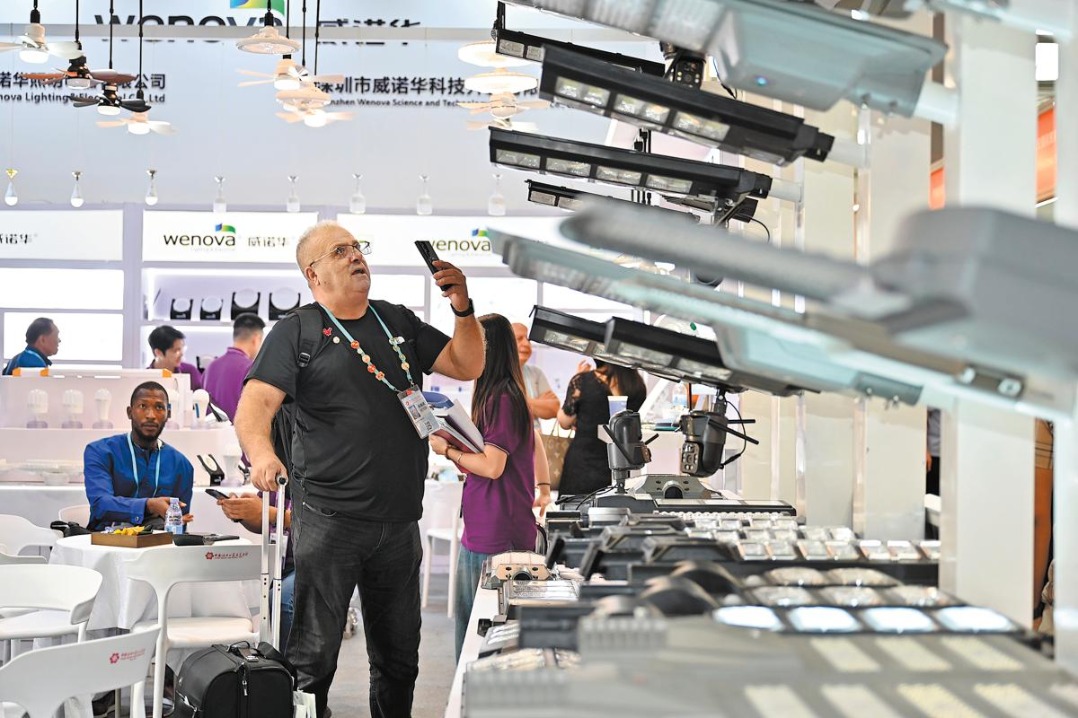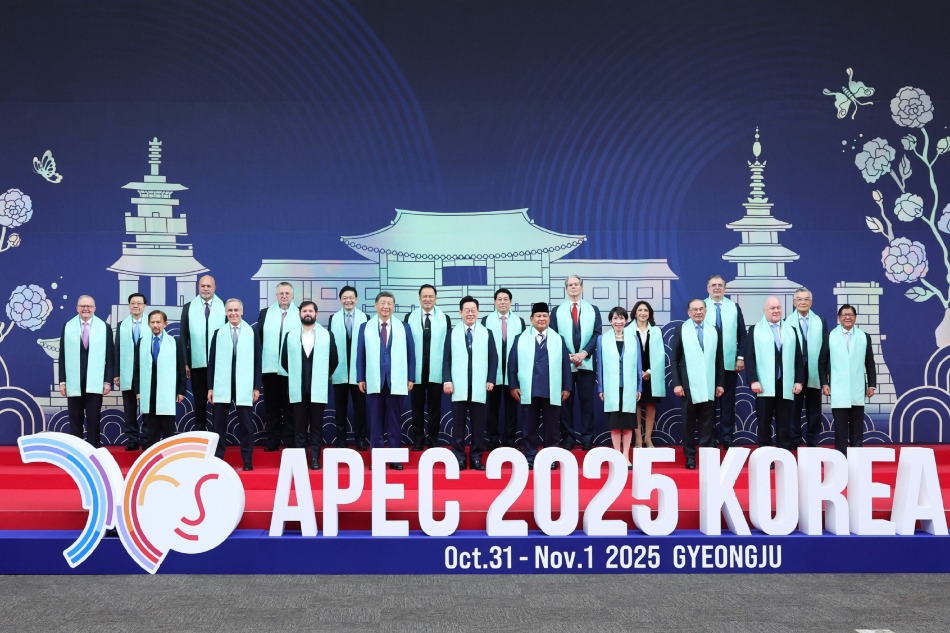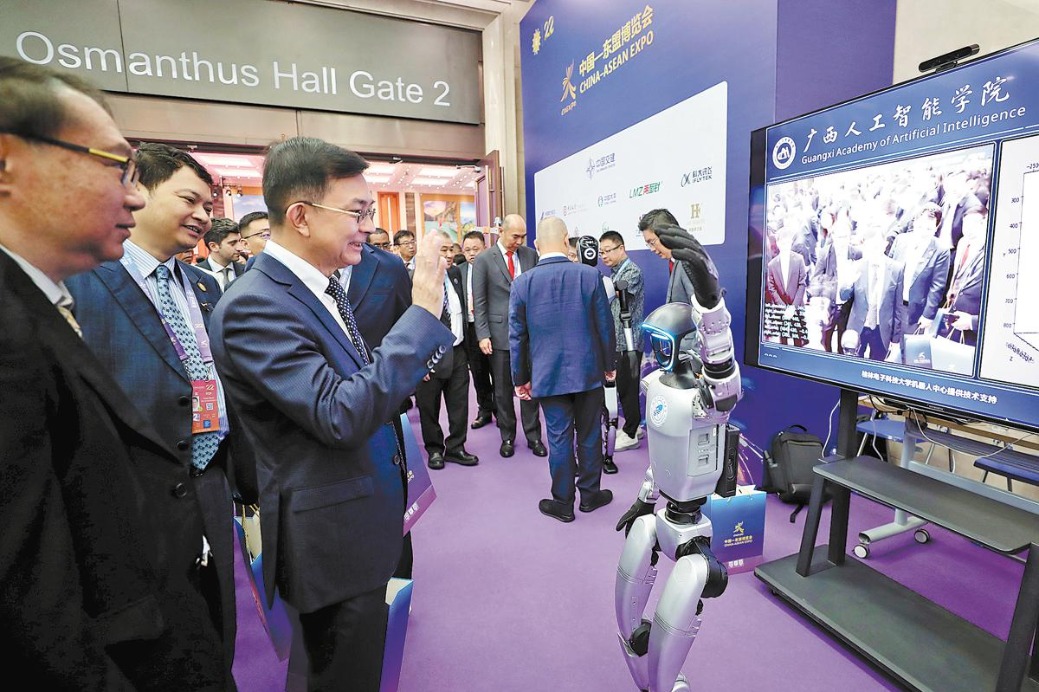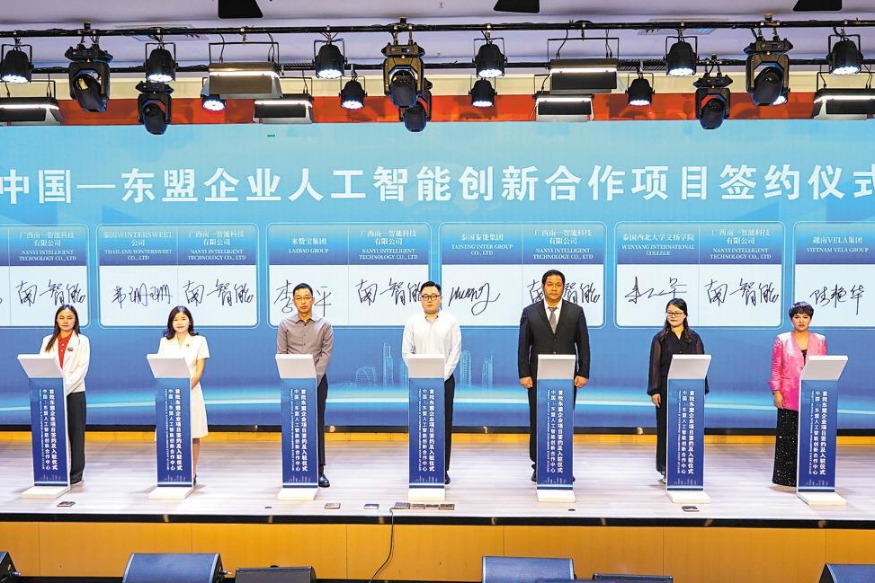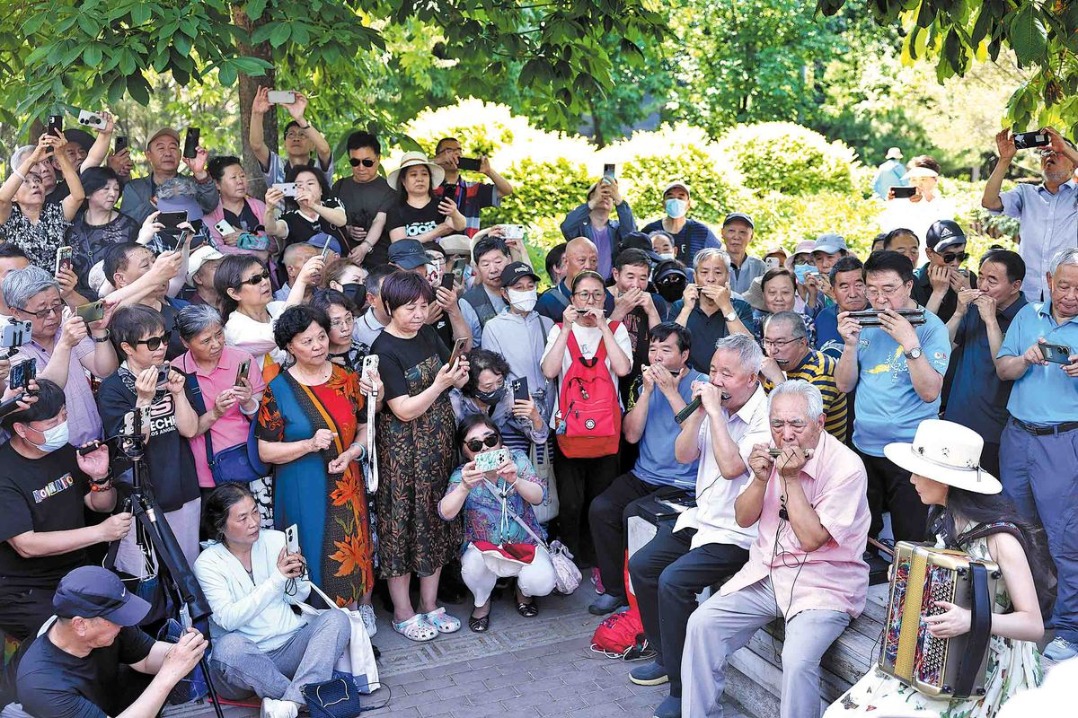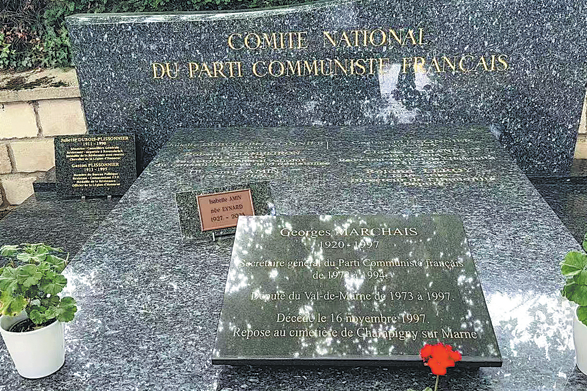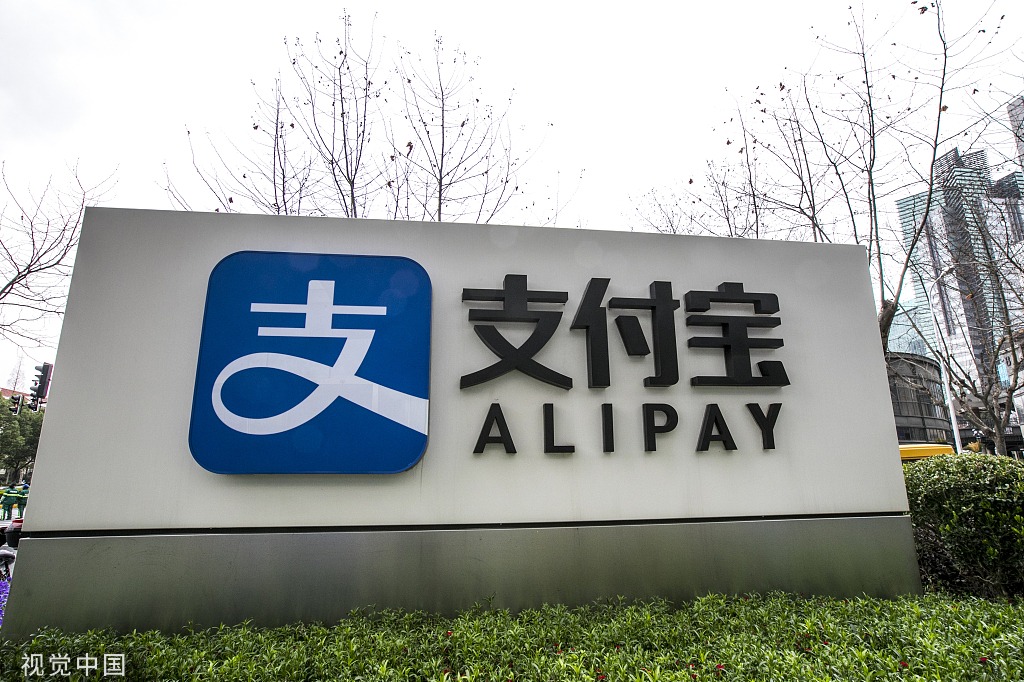CPEC ushers Pakistan into new industrialization phase


Pakistan and China have shared a healthy relation for decades and this friendship is based on reliance and trust. In 1978, China initiated reform and opening-up policy and since then China’s economic growth is on continuous upswing. The third phase of reform and opening-up policy laid the foundation of Belt Road Initiative and China Pakistan Economic Corridor (CPEC) is a crucial part of it.
Pakistan today, under CPEC, has entered the industrialization phase. Even though in the past, Pakistan wanted to establish such zones and tried to set up special economic zones but the attempts were not particularly successful back then. Nonetheless Pakistan already has some successful industrial clusters and estates in Sialkot: surgical goods cluster; Gujarat: ceramic/pottery industrial cluster; Faisalabad: readymade garments manufacturing cluster; Khyber PakhtunKhwa (KPK): marble cluster; Hattar Industrial Estate (KPK): food and beverage and industrial cluster. However, this time with renewed conviction, Pakistan can rely on the successful experience of China in the establishment of special economic zones under the ambit of CPEC. China’s own SEZs, which number almost around 1,800, speak volume of its sound success in this domain. Since 1980s it has garnered enough skill, practice and knowledge of the requirements for setting up of these economic zones. Pakistan must utilize this experience of China in ensuring the success of its prospective economic zones.
Map of projects and routes under CPEC – A sub-project under BRI
So far nine SEZs have been identified to be established soon. One each in Punjab, Khyber Pakhtunkhwa, Baluchistan and Islamabad, two in Sindh and one each in FATA, Kashmir and Gilgit-Baltistan. Governing structure for these zones is provided in the SEZ Act 2012 and the Board of Investment has established “CPEC-SEZ” Cell for facilitating stakeholders on the matters relating to CPEC and special economic zones. Not only can Pakistan learn greatly from China but should also focus on cultivating domestic capacity in the areas of vocational education, agriculture, water management, automobile technology, electrical appliances, and disaster management, etc.
Pakistan is eventually set to embrace around 37 SEZs under CPEC. Four SEZ sites were identified in Punjab. Punjab-China Economic Zone and Quaid-i-Azam Apparel Park SEZ are in Sheikhupura while M-3 Industrial City and Value Addition City are in Faisalabad. In Balochistan, nine places were identified for SEZs: Bostan Industrial Zone, Dasht Industrial Zone, Turbat Industrial Zone, Industrial Zone at the Junction of Qilla Saifullah, Zhoband Loralai, Gwadar Industrial Estate, Lasbela Industrial Estate, Dera Murad Jamali Industrial and Trading Estate and Winder Industrial and Trading Estate. In Sindh, four sites were identified for SEZs. These are China Special Economic Zone at Dhabeji in Thatta, China Industrial Zone near Karachi, Textile City and Marble City. Two of these projects were considered in Thatta: China Special Economic Zone, Dhabeji (priority) and Keti Bandar. The Khyber Pakhtunkhwa government requested the establishment of SEZs in 17 places under the CPEC. These include economic zone at Karak, Nowshera, Bannu, Jalozai, Rashakai, Risalpur, Chitral, Buner, Swat, Batagram, Jahangir, Mansehra and Gadoon Amazai. Others include Hattar Phase VII Industrial Zone, Ghazi Economic Zone and Gomal Economic Zone in Dera Ismail Khan. Moqpondass SEZ will be established in Gilgit-Baltistan. In Kashmir, Bhimber Industrial Zone will be the priority project while Muzaffarabad SEZ will be the alternative. In Fata, the only SEZ will be Mohmand Marble City. ICT Model Industrial Zone will be established in Islamabad while an industrial park will be developed on Pakistan Steel Mills’ land in Port Qasim near Karachi.
Last but not the least, for these SEZs to deliver successfully it is important to have a secure foreign investment. For that purpose not only certain economic incentives should be offered but the provision of basic utilities such as gas, water, electricity should to be ensured too. In this regard the federal governments have already agreed to supply these amenities to the economic zones. Additionally the workable environment should be made available where the security concerns should be at the minimum. The success of economic zones also depends on the socio-economic conditions of adjacent areas. In case of Pakistan, the local employment opportunities and capacity building should be the main focus that should be achieved with the mutual consultation and understanding between both China and Pakistan.
Khurram Raza is a student from Nanjing University of Science & Technology.
The opinions expressed here are those of the writer and do not represent the views of China Daily and China Daily website.


















